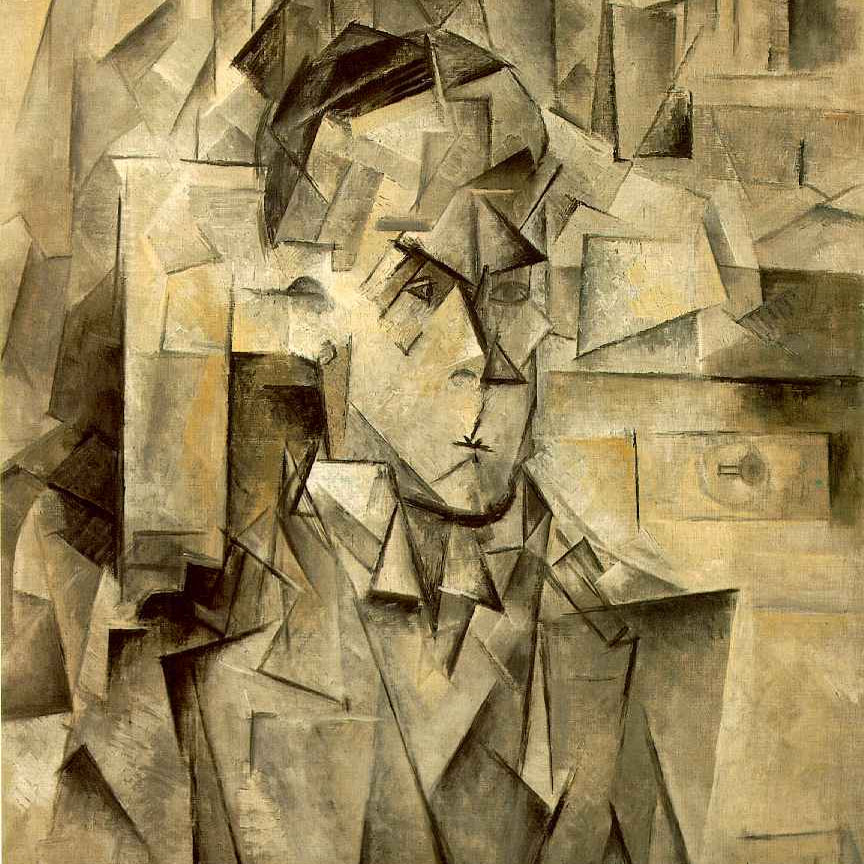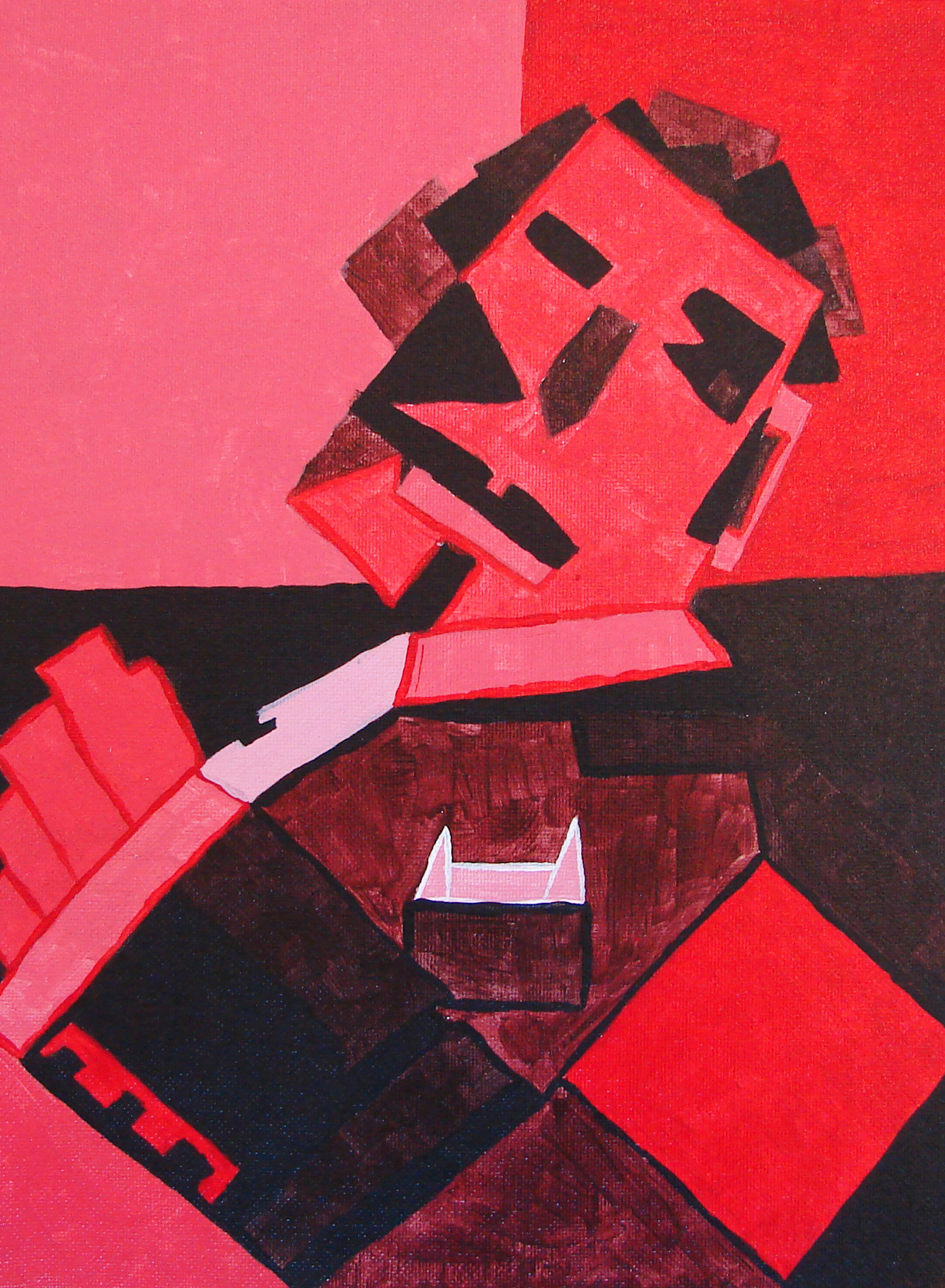
He would distort figures and forms and simultaneously depict different points of view on one plane. When creating these Cubist pieces, Picasso would simplify objects into geometric components and planes that may or may not add up to the whole object as it would appear in the natural world. In addition, Picasso became fascinated with the process of construction and deconstruction, a fascination that is evident in his Cubist works. Pablo Picasso, "Girl With Mandolin", 1910Īfrican art and the modern, urban street life of Paris greatly influenced Picasso’s conception of Cubism.
#Cubism photo how to#
As a result of this belief, Cubism became about how to see an object or figure rather than what the artist was looking at. He felt that we do not see an object from one angle or perspective, but rather from many angles selected by sight and movement. Picasso believed in the concept of relativity – he took into account both his observations and his memories when creating a Cubist image. Picasso wanted to emphasize the difference between a painting and reality.Cubism involves different ways of seeing, or perceiving, the world around us. He felt no obligation to remain tied to the more traditional artistic techniques of perspective, modeling, and foreshortening and felt two-dimensional object.

Picasso did not feel that art should copy nature.

He wanted to develop a new way of seeing that reflected the modern age, and Cubism is how he achieved this goal. In collaboration with his friend and fellow artist Georges Braque, Picasso challenged conventional, realistic forms of art through the establishment of Cubism. 1907-1917, Pablo Picasso* pioneered the Cubism movement, a revolutionary style of modern art that Picasso formed in response to the rapidly changing modern world.


 0 kommentar(er)
0 kommentar(er)
